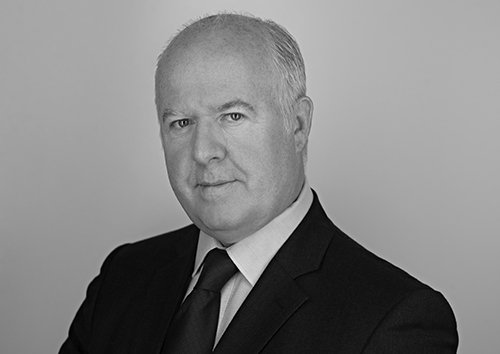
Editor’s Column: PFS and CII split needs healing

The unexpected resignation today of under fire CII CEO Sian Fisher is neither the end of the story for the Personal Finance Society, nor realistically even a solution to the crisis that has beset both the CII and PFS in recent times.
It is, however, a chance for a new beginning and an opportunity to reconsider soberly the future for the PFS, and the CII to some extent too.
In the short term the arguing will go on. The campaign by the 'PFS 2.0' group of PFS Past Presidents against PFS deregistration, has vowed to fight on and is beginning to turn its attention to securing a completely independent PFS, effectively breaking away from the CII.
That has some merits but it also has some dangers which I’ll look at shortly.
Firstly, it’s worth looking briefly at what led to all this and why a professional and hard working CEO felt it necessary to quit.
Back in 2005 the PFS was born from the merger of the CII's Society of Financial Advisers (SOFA) and the Life Insurance Association (LIA). At the time it was decided that the PFS, much smaller than it is now, should be a semi-autonomous body under the aegis or ‘umbrella’ of the CII. That made a lot of sense at the time; the CII was much better resourced than the PFS and could help its new 'baby brother' take its first steps.
Fast forward to today and the PFS has been a shining star of growth as the Financial Planning profession itself has grown. The PFS now has around 40,000 members, almost a third of the total CII membership of 125,000, and many are Chartered Financial Planners. Chartered status has been a huge success for the PFS and brought in much needed new revenue.
The PFS has retained an independent board of directors comprised of member-nominated directors, mostly Financial Planners, and CII directors.
All was proceeding ok until about 5 years ago when the CII carried out a major review and decided that the PFS should be much less autonomous and more closely aligned with the CII. One of the ways of bringing the two closer together was to ‘deregister’ the PFS, or in effect remove its separate business status. The review also suggested there was duplication of some management in having both a CII and PFS CEO so the PFS CEO, Keith Richards, had to go to help with this ‘streamlining.’
All of this made commercial sense to the CII directors, and to some external observers. After all who can argue with more efficiency and a clearer strategy and purpose? It seemed to be logical except the PFS board did not agree. Many on the PFS board hated the idea, in fact.
PFS directors, many of them heavy hitters in the industry, saw this dissolution of the PFS as a semi-independent body as a major step backwards and a loss of Financial Planner representation at national level. The PFS, and particularly its former CEO Keith Richards, were able to lobby for the PFS and Financial Planners at national level and had some success. That is harder to do when the PFS CEO role is removed, as it has been.
The CII, which has tried at least twice to deregister the PFS, is now trying again, and again the PFS board is resisting.
So what next? Well a review, initiated by Sian Fisher, is under way and will report back next year. It’s too early to tell what the review will say but in the meantime there is a danger the PFS could split off from the CII.
Whatever happens next the CII and the PFS need to find some kind of common ground to avoid a painful divorce the majority of members may not want. Ultimately what is best for the Financial Planning profession and the insurance professions needs to come first and be firmly at the top of the agenda.
There must be a common ground that is best for both bodies to avoid a potentially damaging split. That may mean the CII board accepts a semi-autonomous PFS with a reinstated CEO and the PFS board accepts that change is needed on both sides so that both bodies can be stronger together.
The future for both bodies is far from clear. What is clear is that time is running out to sort out the problems.
